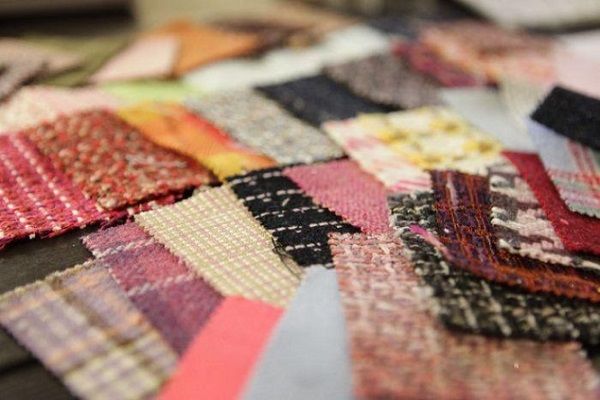First-level maintenance.
First-level maintenance is the operation workers mainly, maintenance workers to assist, according to the plan of Taber Abrasion Resistance Tester equipment local disassembly and inspection, cleaning the specified parts, unclogging the oil circuit, pipeline, replace or clean the oil line, felt, oil filter, adjust the gap between the various parts of the equipment, tighten the various parts of the equipment. The time used for first-level maintenance is 4-8h. After the completion of first-level maintenance, records should be made and the defects not yet cleared should be indicated, and the workshop mechanic should organize the acceptance. The scope of the first maintenance should be all the equipment in use in the enterprise, and the key equipment should be strictly enforced. The main purpose of the first warranty is to reduce the wear and tear of the equipment, eliminate hidden problems, extend the service life of the equipment, and provide protection for the production tasks during the next warranty period.

Routine maintenance of equipment.
Taber Abrasion Resistance Tester's daily maintenance, generally there are daily maintenance and weekly maintenance, also known as daily routine maintenance and weekly routine maintenance.
1. Daily maintenance
Daily routine maintenance is carried out by the equipment operator on duty, seriously achieve the four things before the shift, five attention during the shift and four things after the shift.
(1) Four things before the shift: digest the drawing data and check the handover records. Wipe the equipment, lubricate and refuel according to the regulations. Check whether the handle position and manual operation parts are correct and flexible, and whether the safety device is reliable. Low-speed operation check whether the transmission is normal, lubrication, cooling is smooth.
(2) Five attentions during the shift Pay attention to the sound of operation, temperature, pressure, liquid level, electrical, hydraulic and pneumatic systems, instrument signals and safety insurance of the equipment are normal.
(3) Four things after the shift: close the switch and put all the handles to zero position. Remove iron chips and dirt, wipe the oil on the guide surface and sliding surface of the equipment, and add oil. Clean up the workplace, organize the accessories and tools. Fill in the handover records and running time records and go through the handover procedures.
2. Weekly maintenance
Weekly maintenance is carried out by equipment operators at the end of each week, and the maintenance time is 2h for general equipment and 4h for fine, large and thin equipment.
(1) Appearance Wipe clean the equipment rails, transmission parts and exposed parts, and clean the workplace. To achieve clean inside and outside without dead ends, no rust and corrosion, the surrounding environment is neat.
(2) Operation and transmission Check the technical condition of each part, tighten the loose parts and adjust the clearance. Check the interlocking and insurance devices. Achieve normal transmission sound, safe and reliable.
(3) Hydraulic lubrication Clean the oil line, dust mat, oil filter, add oil to the oil tank or change the oil. Check the hydraulic system to achieve clean oil quality, smooth oil circuit, no leakage, no research injury.
(4) Electrical system Wipe the surface of motor and snake skin tube, check insulation and grounding to achieve integrity, cleanliness and reliability.
https://www.qinsun-lab.com/News-and-events/1754.html
评论
发表评论